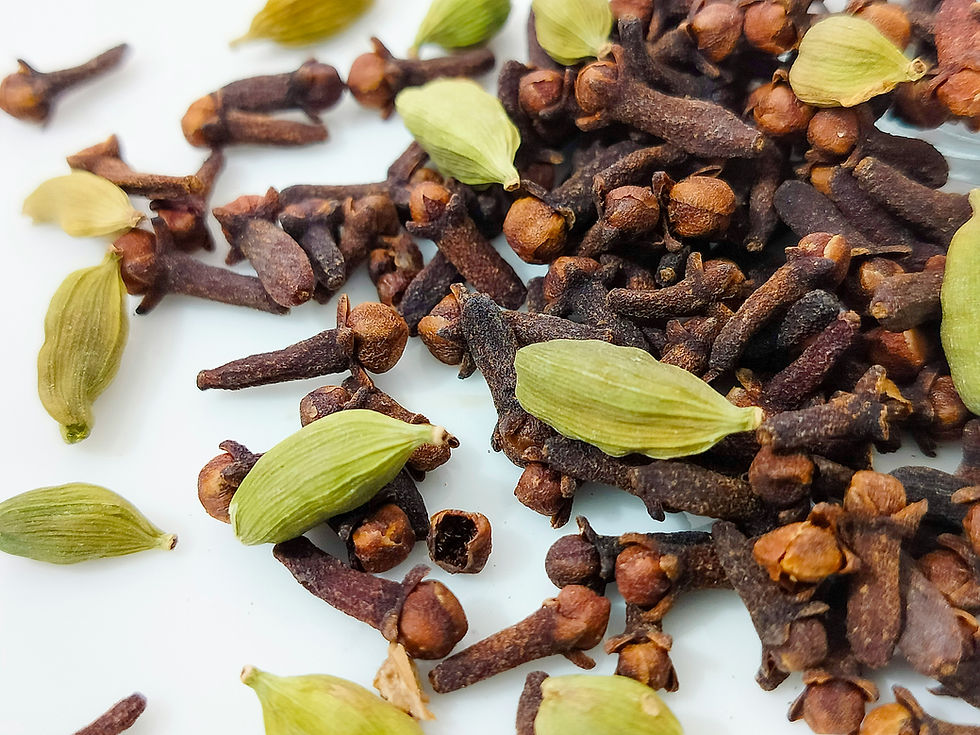The Coffee Process from Harvest to Ready to Brew
- IT DMK Cargo
- Jul 3
- 3 min read
Updated: Jul 4
Coffee is one of the most popular commodities in the world. Behind every cup of coffee we enjoy lies a lengthy process involving numerous stages and a focus on quality. From the coffee plant in the field to the warm cup served at the table, each step plays a crucial role in shaping the final flavor. Here are the complete steps in the coffee process, from harvest to brew-ready.
Harvesting Coffee Cherries

The first step begins with harvesting the coffee cherries, which are the fruit of the coffee plant. These cherries are harvested when they are fully ripe, typically indicated by a bright red color. In high-quality coffee plantations, harvesting is done selectively, picking only the fully ripe cherries to ensure the best quality coffee beans. Although it requires extra effort and precision, this method plays a significant role in determining the final flavor of the coffee.
Post-Harvest Processing

After being picked, coffee cherries must be processed immediately to prevent excessive fermentation or spoilage. This processing aims to separate the coffee beans from the fruit's outer layers. There are three main methods used:
Dry Process (Natural): The coffee cherries are dried whole without being peeled. After drying, the skin and fruit flesh are removed. This method produces coffee with a sweeter taste and complex aroma.
Wet Process (Full Wash): The fruit flesh is separated from the beans using machinery, then the beans are fermented and thoroughly washed. The final result of this method tends to produce coffee with a clean taste and higher acidity.
Honey Process (Semi-Wash): A combination of the wet and dry processes. Some of the coffee fruit pulp is left attached while the beans are dried. This method produces coffee with a balanced flavor that is not too acidic but still has good body or thickness.
Drying

The processed coffee beans are then dried until their moisture content reaches approximately 10-12%. This drying can be done naturally under sunlight or using a special drying machine. Proper drying affects the shelf life of the coffee beans and the stability of their flavor when roasted.
Hulling

After drying, the coffee beans still have a parchment layer that must be removed. This process is known as hulling. The final result is green coffee beans ready for sorting and roasting.
Sorting and Grading

Before the coffee beans are roasted, a sorting process is conducted to separate defective beans or those that do not meet standards. The beans are then classified based on size, density, and visual quality. This grading process is crucial in determining the market value and final quality of the coffee.
Roasting

The next stage is the roasting process. This is where the distinctive flavor of coffee begins to emerge. Coffee beans are roasted at carefully controlled temperatures and times to maximize their flavor. There are several levels of roasting, such as:
Light Roast: Suitable for coffee with fruity characteristics and high acidity.
Medium Roast: Balances sweetness, acidity, and body.
Dark Roast: Provides a more bitter taste and a distinctive smoky aroma.
Grinding

After roasting, the coffee is ground as needed. The grind size must be adjusted to the brewing method that will be used. For example, espresso requires a fine grind, while a French press requires a coarser grind. The accuracy of the grind size greatly affects the taste of the coffee in the cup.
Brewing

The final stage is brewing. The methods used are diverse, ranging from manual brewing like V60, Aeropress, French press, to machine-based methods like espresso. Each method has its own characteristics and influences the final taste. Water quality, temperature, and brewing time also play a role in the final result. Therefore, brewing is a crucial stage that requires special attention.
In conclusion, coffee is not just an ordinary beverage. Behind every sip lies a long and complex process involving many parties, from farmers, processors, roasters, to baristas. By understanding the stages of the coffee process, we can appreciate every cup we enjoy.
Want to try high-quality coffee from locally sourced farmers?
Discover the best flavors born from the best processes.
Contact us via WhatsApp and Email below:
WhatsApp: +62 813 9669 0008





Comments